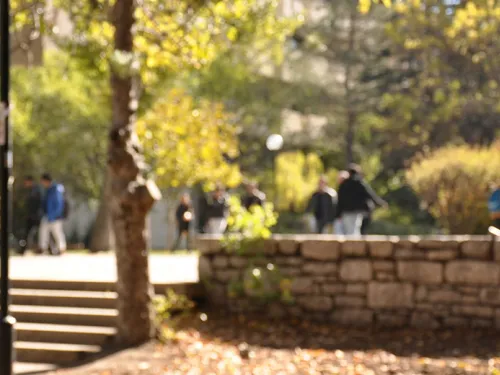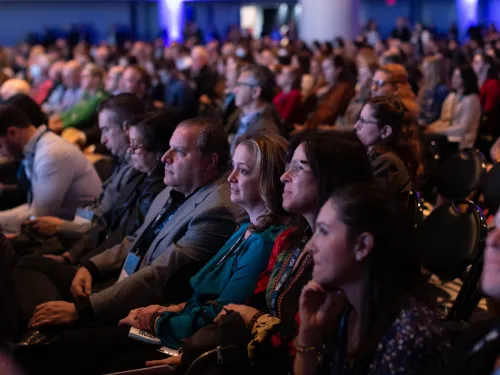by: Mark Onofrio
January 18, 2013
To help address issues of cyberbullying, ADL’s AWORLD OF DIFFERENCE® Institute created CyberALLY®, a half-day (3-hour) or full-day (6-hour) interactive training for middle and high school-age youth that provides practical information and opportunities for skill-building. CyberALLY supports youth in developing personal strategies for protecting themselves against cyberbullying as well as acting as cyberallies—preventing and taking action against cyberbullying and social cruelty in online forum.
We recently conducted a research evaluation of CyberALLYto assess the effectiveness of the training program and gain insight into areas for improvement. Funded by Circle of Service and Microsoft, we contracted with an evaluation research firm, TCC Group, to design and conduct the evaluation. With TCC Group, we identified in research terms the outcomes we hoped to achieve with CyberALLY: 1) awareness and knowledge about cyberbullying, 2) demonstration of responsible and ethical online behavior, and 3) ability to be a CyberALLY.
The data analysis shows highly statistically significant improvement in all three outcome areas, indicating that the CyberALLY program is effectively equipping students to take action against cyberbullying. The students showed the greatest improvement in the outcome “the ability to be a cyberally.” Some specific findings include: 93% of students indicated that they learned different strategies for responding to cyberbullying and online bias and 81% indicated that “all kids my age should participate in this workshop.” By changing the culture from one of passive bystanders to one of active cyberallies, we can change the way students interact online. In all, the results of this evaluation have shown that ADL is contributing to furthering the overall goal of fostering increased cyber-civility and a culture of e-safety among our youth.
For specific strategies on how you can be a cyberally and address bias and bullying online, visit www.adl.org/combatbullying.










